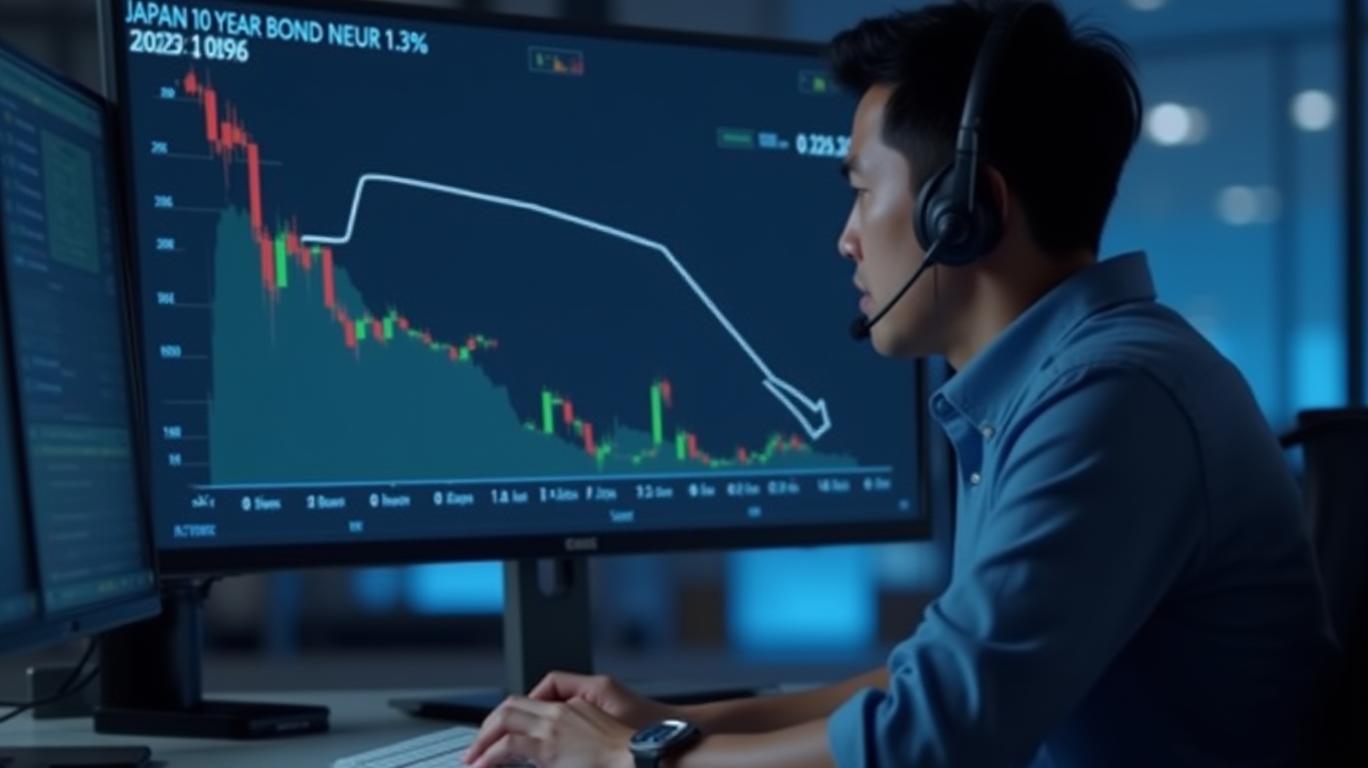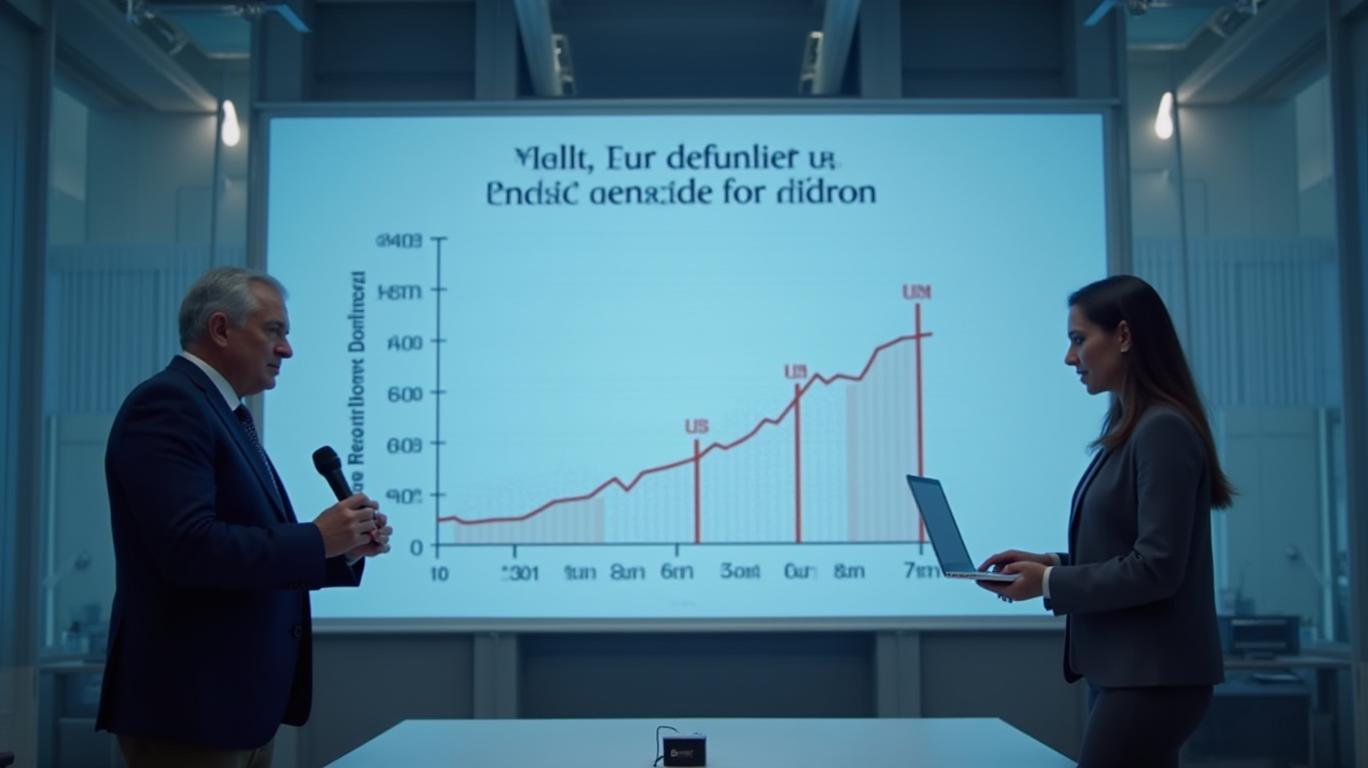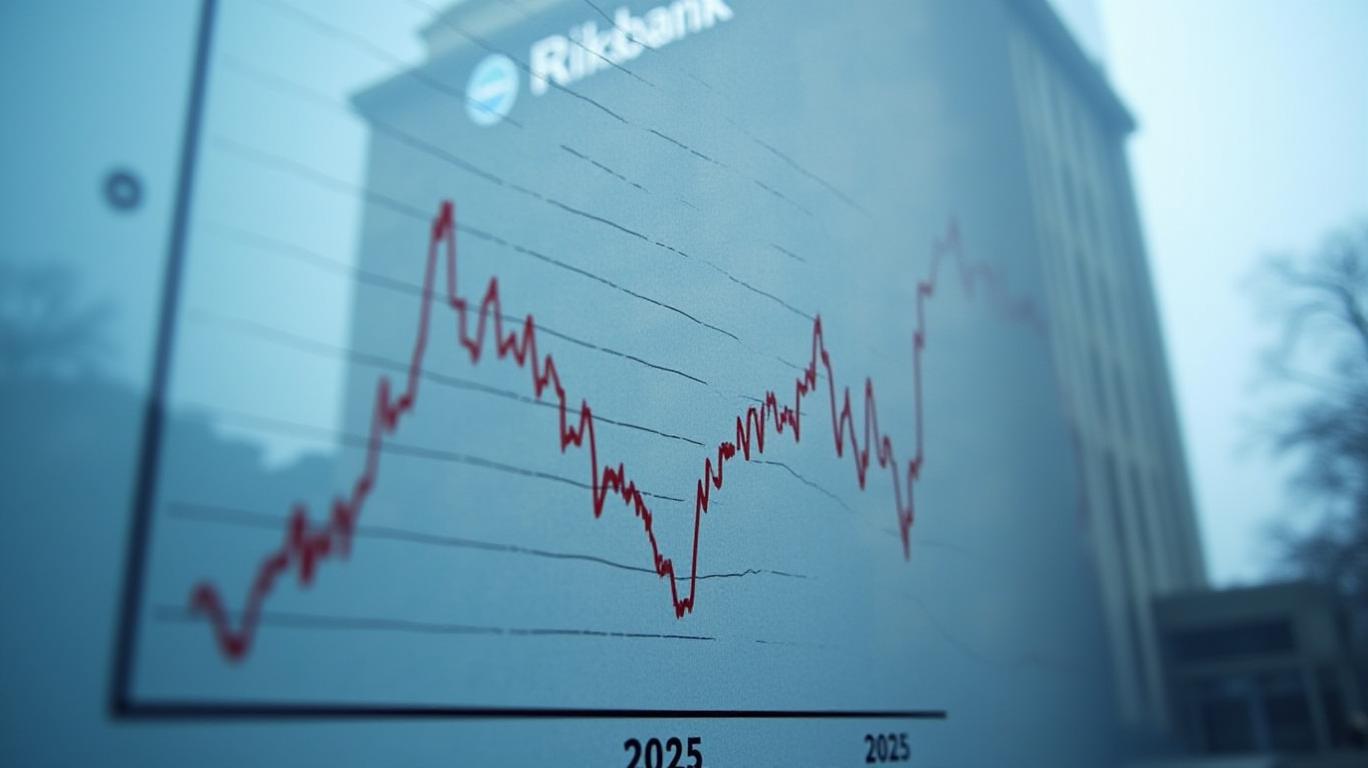JGB Yields Hold Steady Ahead of BOJ's Critical Policy Decision
The Bank of Japan (BOJ) is set to announce its latest monetary policy decision this week, and investors are watching closely as Japan’s 10-year government bond (JGB) yield remains near recent lows. As of April 21, the yield stood at 1.28%, with forecasts suggesting further declines ahead. With inflation easing and global trade tensions simmering, the BOJ faces a pivotal moment to signal its stance on rates and economic support. 
Recent JGB Yield Trends: A Cautionary Pause
Despite earlier fears of a rapid rise in borrowing costs, JGB yields have stabilized in recent weeks. Analysts attribute this to softer-than-expected inflation data and the BOJ’s continued liquidity support. The 10-year yield briefly touched 1.3% in early April but has since retreated, reflecting market skepticism about aggressive rate hikes.
The data reveals a clear downward bias since late 2024, with yields falling from a peak of 1.59% in March 2024 to the current 1.28%. Trading Economics models now predict the yield could dip to 1.24% by June 2025, with a longer-term target of 1.11% by April 2026. This trajectory aligns with expectations that the BOJ will maintain its ultra-accommodative stance to counter external risks.
Ask Aime: What's next for the Bank of Japan's monetary policy after the latest JGB yield trends?
Inflation Eases, but Risks Remain
Recent inflation figures offer a mixed picture. Headline inflation fell to a four-month low of 3.6% in March 2025, while core inflation (excluding fresh food) rose to 3.2%. The BOJ has repeatedly emphasized that persistent price pressures stem from wage growth and supply-chain bottlenecks. However, the softening headline figure may give policymakers room to delay further tightening.
The data underscores the BOJ’s dilemma: while inflation remains above its 2% target, global headwinds—particularly U.S. tariffs on Japanese exports—threaten to slow growth. Trade negotiations with Washington remain unresolved, and any escalation could force the BOJ to recalibrate its policy.
BOJ’s Dilemma: Rate Hikes or Caution?
The upcoming policy meeting, set for April 30–May 1, is unlikely to produce major surprises. The BOJ is expected to keep its policy rate at 0.5%, a level unchanged since January 2024. However, the accompanying Outlook Report will be scrutinized for hints about future moves.
Key factors under review include:
1. Trade Policy Uncertainty: U.S. tariffs on Japanese exports, particularly in the automotive sector, could dent corporate profits and consumer spending.
2. Wage Growth Dynamics: While nominal wages rose 2.8% year-on-year in Q1 2025, real wages remain constrained by inflation, limiting sustained demand.
3. Global Liquidity Conditions: A slowdown in the U.S. economy or shifts in Federal Reserve policy could spill over into Japan’s financial markets.
The BOJ’s Outlook Report may revise its growth forecasts downward, acknowledging these risks. Meanwhile, the central bank’s asset purchases—¥12 trillion annually in JGBs—will continue to cap bond yields.
Investment Implications: Navigating Uncertainty
For investors, the near-term outlook favors caution. Here’s how to position portfolios:
- Stay Short-Term: Consider short-dated JGBs, which are less sensitive to rate hikes.
- Diversify with Alternatives: Gold and yen-denominated ETFs could hedge against yen volatility, especially if trade tensions escalate.
- Monitor Policy Signals: The BOJ’s Summary of Opinions (due May 13) and MPM Minutes (June 20) will clarify internal debates about normalization.
The widening gap between JGB yields and U.S. Treasuries (now ~2.5%) reflects Japan’s unique policy path. Investors betting on BOJ intervention to suppress yields could find value in long-dated bonds if the central bank reaffirms its dovish stance.
Conclusion: A Delicate Balancing Act
The BOJ’s May 2025 decision underscores its struggle to balance inflation control with economic stability. With yields projected to fall further—potentially to 1.11% by early 2026—investors can expect JGBs to remain a haven amid global uncertainty. However, the path ahead hinges on two critical factors:
- Trade Policy Outcomes: A resolution to U.S.-Japan tariff disputes could ease growth concerns and allow yields to stabilize.
- Inflation Persistence: If core inflation stays above 3%, the BOJ may face pressure to tighten, risking a spike in yields.
For now, the market’s expectation of no policy changes this week keeps JGBs in a holding pattern. Investors should prepare for volatility but remain anchored to the BOJ’s accommodative bias—a trend that could keep yields low for years.
In Roaring Kitty’s view, the BOJ’s caution is justified. With global risks mounting, a premature shift toward normalization could backfire. Stay vigilant, but don’t bet against the central bank’s playbook just yet.


_cbf77e8c1748017079428.jpeg)






